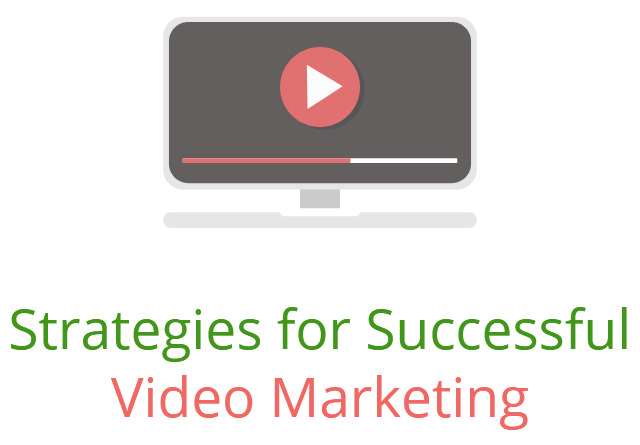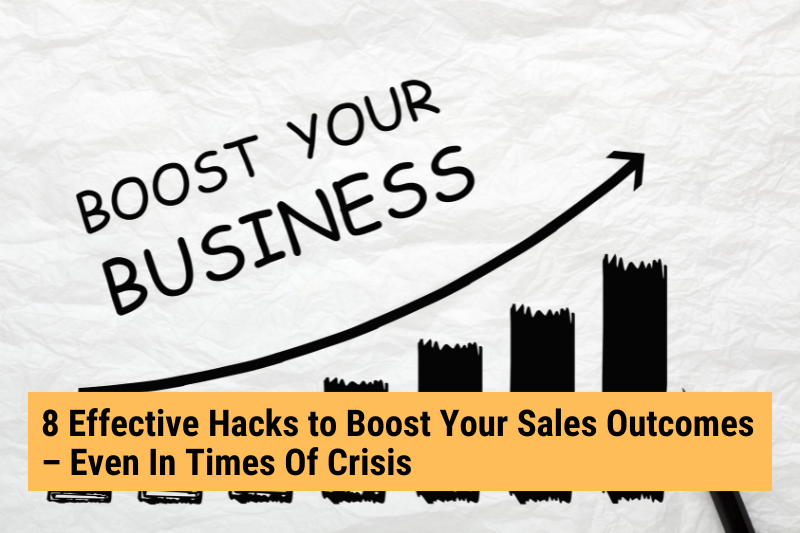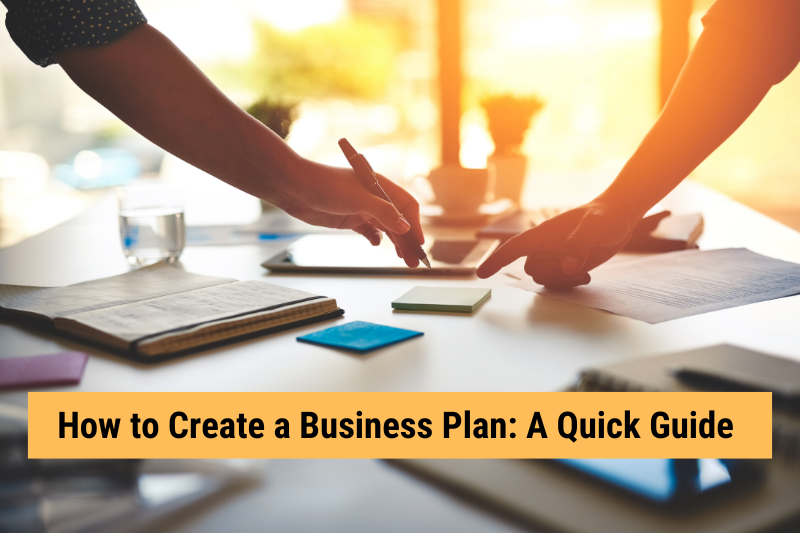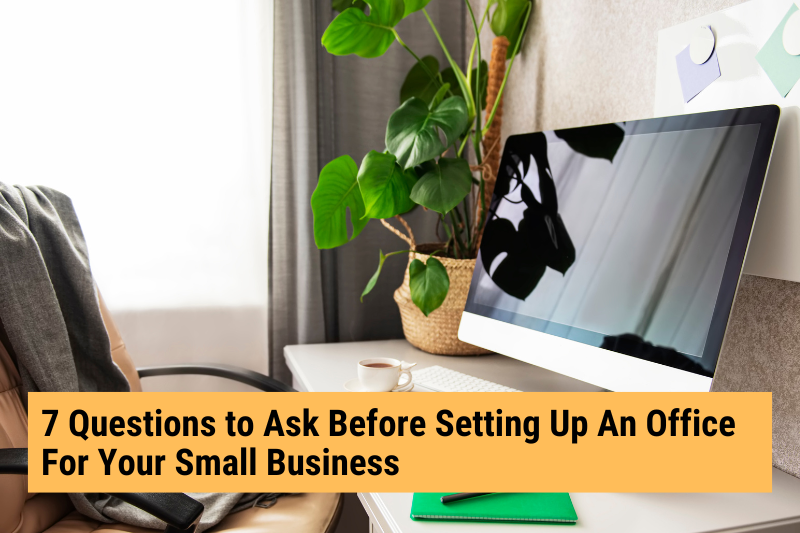A 2017 survey by HubSpot Research found that over 50% of consumers want to see videos from a brand or business they support. In this study, videos took the top spot over all other types of content, including social media, blog articles and email newsletters.
Fast forward to 2 years later, and the importance of video in marketing has grown even more! YouTube, the ‘Big Daddy’ of video marketing, now has over 1.9 billion monthly active users. And 5 billion YouTube videos are viewed on average every day. That’s almost 1 video for every single person on earth!
Also,
- Videos on landing pages can increase conversion rates by over 80%,
- Including the word ‘video’ in email subject lines can increase open rates by 19%
- 90% of customers say videos help them make buying decisions (which can mean greater conversions for businesses)
- Video drives a 157% increase in organic traffic from SERPs (Wordstream, 2018)
- In 2021, video is expected to represent 82% of all IP traffic (Business Insider, 2017)
For all these reasons, video marketing is now considered a holistic business strategy, with organisations producing meaningful video content that is not just conversational, but also actionable and measurable. Video marketing is shaping the future of every aspect of business – from marketing and sales to customer service and end-to-end brand management.
Want to appeal to and convert more customers throughout the flywheel? Then try video marketing!
But before you jump into video marketing, check out these 5 strategies to help you increase your chances of a successful campaign!
Strategy 1: Understand which stage of the customer journey you are creating videos for
In simple terms, you should create different videos for different stages of the customer’s journey.
A video you create at the ATTRACT stage should expand your reach and build trust by empathising with consumers’ problem and introducing a possible solution in your product or service. This could be through an explainer video, a thought leadership video or even a social video. However, a video for the CONVERT stage should educate and excite your visitor and push them closer to a sale. Examples of such videos are webinars, product demos, landing page promotional videos, etc.
Videos at the CLOSE and DELIGHT stages are critical for keeping customers engaged with your brand. Examples of the former include customer testimonials and personalised videos; while for the latter, thank you videos and product training videos are quite commonly used (and they work very well!).
Strategy 2: Identify your goals
What is your primary goal for creating this video?
To increase brand awareness?
More meaningful customer engagement?
Or greater conversions?
Pick out one or two goals for each video. Any more than that, and your video will seem unfocused, making it difficult for viewers to determine what they should do next.
Also keep your buyer persona and target audience in mind:
- How old are they?
- Where do they live?
- How do they typically consume video content?
- What stage of the buyer’s journey are they in?
Answers to these questions can help you determine what type of video you should make, for whom and where you should post it.
Strategy 3: Identify and define metrics
Goals like ‘greater engagement’, ‘more conversions’ and ‘richer brand awareness’ are all well and good, but you still need solid metrics to measure your campaign’s success (and even failure).
When you post a video, don’t become obsessed with the ‘view count’ metric. Here are some other metrics that are equally useful for tracking, measuring and analysis:
- Play Rate: to determine how relevant or appealing your video is to your audience
- Social sharing/comments: will also indicate how relevant your content is with your target audience
- Completion rate: to gauge viewers’ reactions and to determine if the video resonates with them
- Click-through-rate and Conversion rate: indicates how many visitors actually completed your desired action (e.g. call now, place an order, etc)
Tip 4: Optimise your video for SEO
Did you think SEO is only for web text content?
No way!
Video marketing can also be a great asset to your SEO strategy – but only if you do it right!
If you want to ensure that your videos are found more easily in search engines:
- Enable embedding on your video
- Make use of video sitemaps
- Tag your videos with relevant keywords
- Include explanations with fleshed out descriptions and unique titles
The more eyeballs you can gain with your video, the greater your chances of succeeding with your campaign goals.
Tip 5: Pay attention to your CONTENT
Goals, metrics, SEO – all these considerations can help boost your video marketing strategy. But at the end of the day, these aspects are just ‘support staff’. The ‘star’ of your video campaign should always be your CONTENT. If this is not up to par – if it doesn’t resonate with viewers, doesn’t provide value and is too ‘me-me-me’, your campaign will fail.
Make the most of the emotive power of video to tell a story, not just to sell. Put another way, centre your video around the story, not the sale. Provide value to your customers, appeal to their needs and provide a solution to their problems.
Also, no one likes boring videos, so if possible, use humour or a human interest angle in your content. And make the first few seconds of your video so compelling that users won’t want to leave. Spark their curiosity, use teasers to hook their attention and provide an answer to the viewer’s most pertinent question, “Why should I watch this video?”
Ready, Set, Video – CYNERGI!
At first, video editing and marketing can seem daunting and you might be tempted to ignore it. But 71% of consumers are watching more video online than they were even a year ago, so postponing your video marketing strategy would be a mistake.
If you’re not sure how to produce high-quality video content that is unique to your brand, come to Cynergi! We can help you create and edit videos to enhance your brand’s personality and give a boost to your business outcomes. To know more, contact us today.












0 Comments